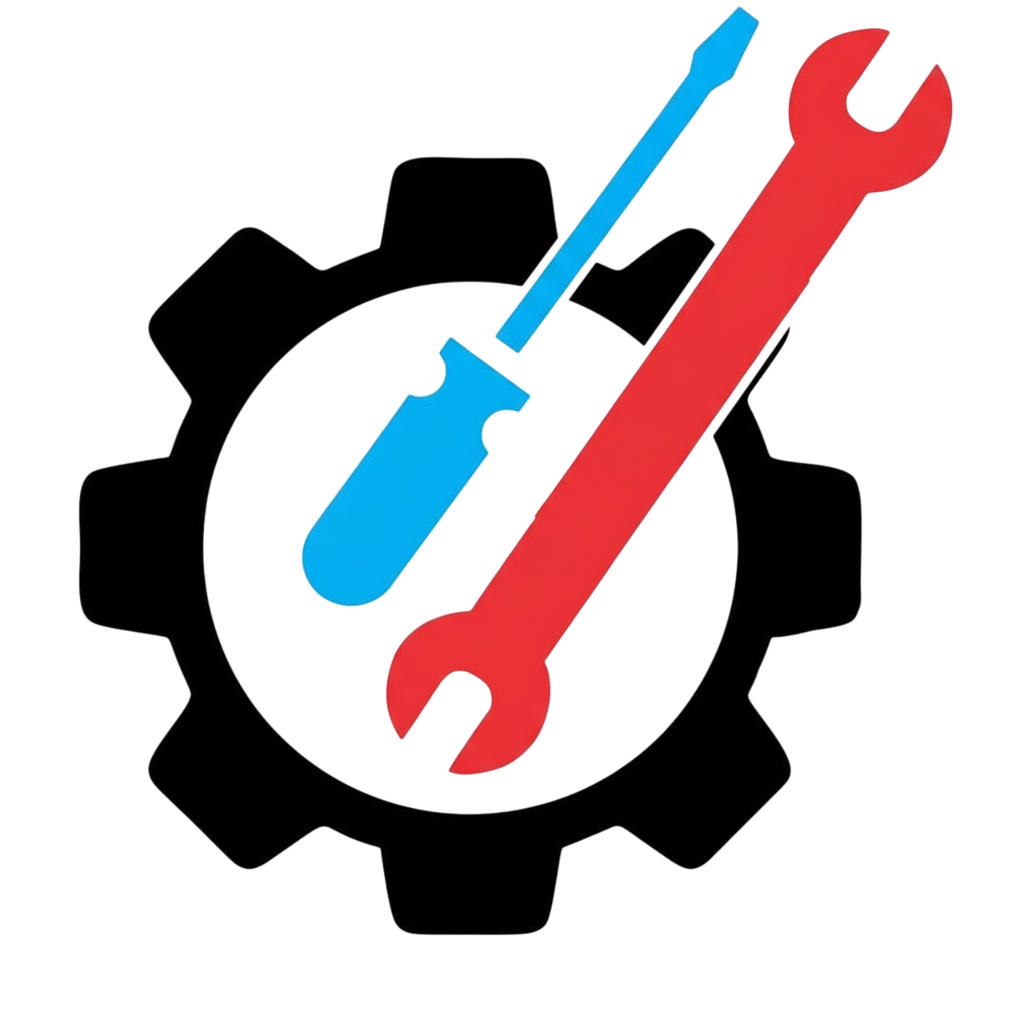Weld Arc Stability Optimizer
An advanced tool to understand how power source technology and inductance control affect the stability and quality of your GMAW (MIG) arc.
The Ultimate Control: Inductance & Waveform
For GMAW (MIG) welding, especially in short-circuit transfer mode, the stability of the arc is everything. A stable arc results in low spatter, a clean weld, and good fusion. Arc stability is heavily influenced by the welding power source's ability to control the electrical output second by second.
What is Inductance?
Inductance in a welding circuit acts like a "choke" on the electrical current. It controls how quickly the current rises when a short circuit occurs (when the wire touches the workpiece). A low inductance setting results in a very fast current rise, leading to a violent "explosion" of the wire, high spatter, and a harsh arc. A high inductance setting slows the current rise, leading to a softer, "wetter" puddle that can be mushy and hard to control. The optimal inductance creates a perfect, crisp, "crackling" arc with minimal spatter.
Waveform Control Technology
Modern advanced inverter power sources go a step further. They use powerful microprocessors to control the shape of the electrical waveform thousands of times per second. This "waveform control" allows the machine to precisely manage the arc, optimize droplet transfer, and produce an exceptionally stable, spatter-free weld that is far superior to what older machines can achieve.
